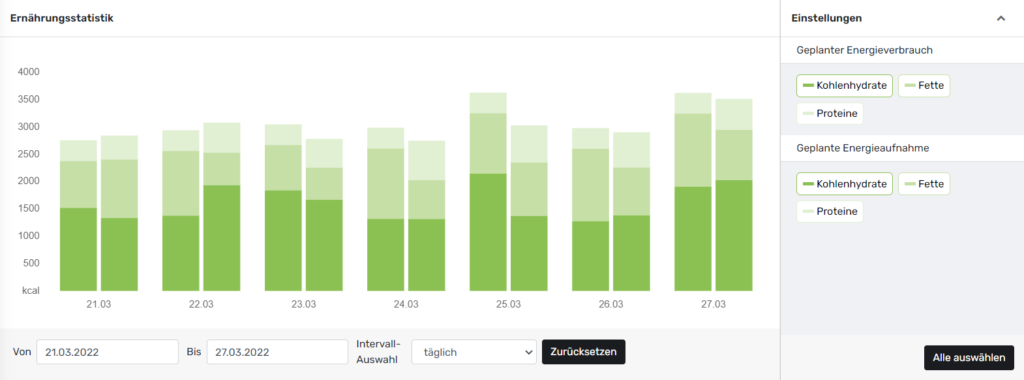Sarah is a passionate runner and has focused on improving her performance over the last few years. She trains hard and eats healthy. Recently she has noticed that her performance is not as good as it used to be. Further, she has been injured more often and feels difficulty in recovering. She also hasn’t had her female cycle for months.
What is the RED syndrome?
What Sarah does not consider in the first moment: She might be suffering from Relative Energy Deficit Syndrome or RED-S for short. RED-S is a condition where the body uses more energy than it takes in, resulting in a deficit of energy in the body everyday . This can lead to various health problems, more often for female athletes.
Alarm signs for RED-S
Alarm signs of RED-S include increased susceptibility to injury, infection and a decrease in performance level. In women, RED-S can also cause menstrual cycle problems and might cause infertility.
How can I avoid RED-S?
To avoid RED-S, it is important that the body gets enough energy to meet its needs on a daily basis. A balanced diet that includes enough carbohydrates, proteins and fat acids can help meet the body’s energy needs. It is also important to keep the body adequately hydrated and to have enough sleep and resting time.
Sarah and her coach realise that she may not be eating enough to meet her energy needs. Together they adjust her diet to ensure she has regularly enough energy for her training sessions. Sarah also starts to allow herself more time to rest and her training is adjusted to ensure she has enough in between-time for recovery.

Thanks to her decision on regulating her diet about RED-S, Sarahs feeling becomes healthier and stronger again. Also, she is able to continue her training and eventually achieves her desired goals.
It is important that athletes look out for possible signs of RED-S and seek for medical advice if necessary. If a person has developed RED-S, it may be necessary to adjust the training schedule and diet to ensure that the body is getting enough energy to meet its needs on a daily basis.
References:
- Mountjoy, M., Sundgot-Borgen, J., Burke, L., Ackerman, K. E., Blauwet, C., Constantini, N., … & Budgett, R. (2018). IOC consensus statement on relative energy deficiency in sport (RED-S): 2018 update. International Journal of Sport Nutrition and Exercise Metabolism, 28(4), 316-331.
- De Souza, M. J., Nattiv, A., Joy, E., Misra, M., Williams, N. I., Mallinson, R. J., … & Goolsby, M. (2014). 2014 female athlete triad coalition consensus statement on treatment and return to play of the female athlete triad: 1st international conference held in San Francisco, California, May 2012, and 2nd international conference held in Indianapolis, Indiana, May 2013. British journal of sports medicine, 48(4), 289-289.